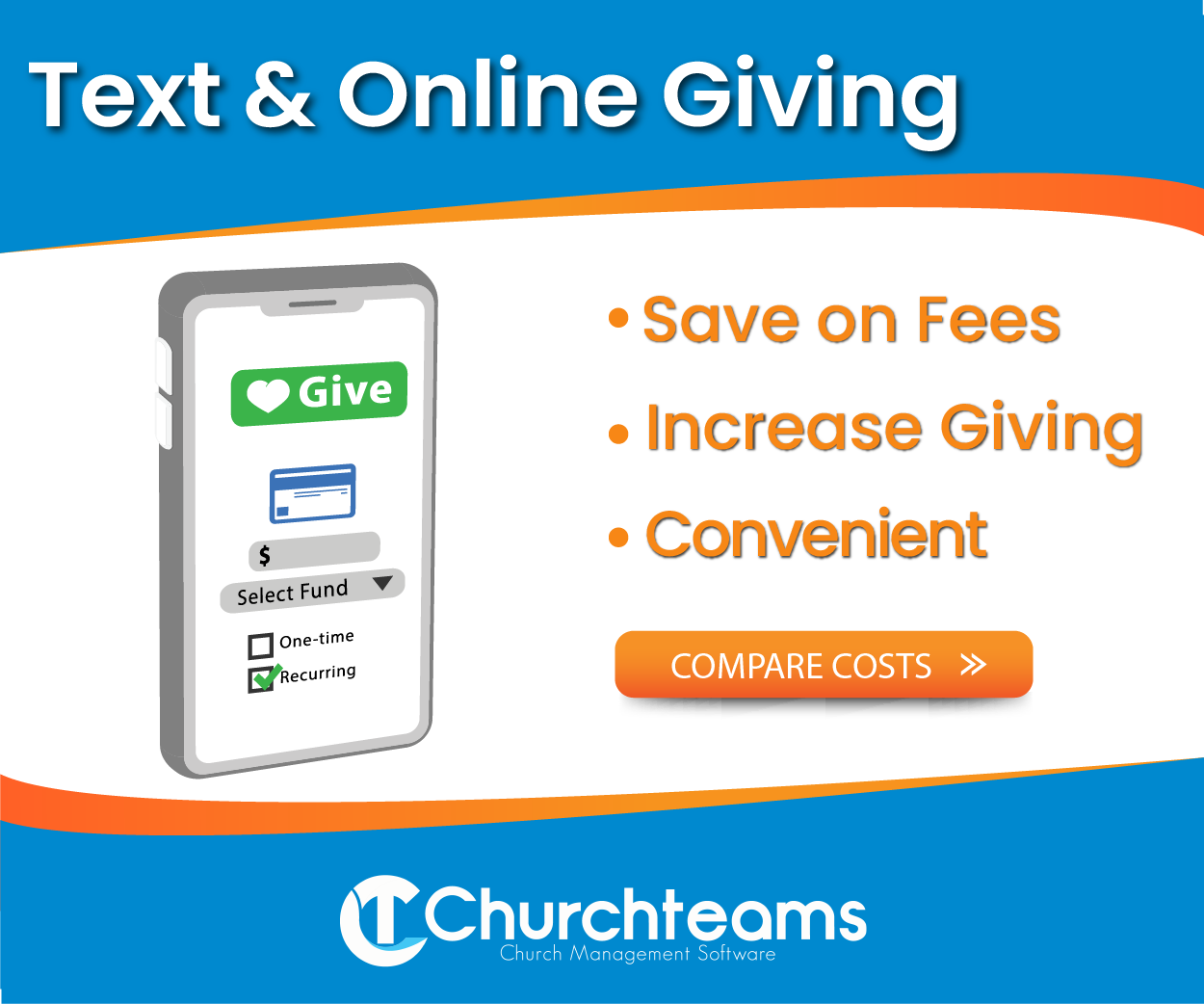 When you give a company your email address, they use it to cultivate your interest in their product or service over time. If you like it, you read a subject line or even open an email once in a while. If you don't, you ignore it or unsubscribe. And, guess what, it works.
When you give a company your email address, they use it to cultivate your interest in their product or service over time. If you like it, you read a subject line or even open an email once in a while. If you don't, you ignore it or unsubscribe. And, guess what, it works. What if you did the same thing to reach people in your community? What might that process look like and what tools do you need to make it happen?
After being a pastor for 18 years I focused my attention on the software company I co-founded. Mostly we grew from friends telling friends, but eventually I knew we would have to learn how to market what we do. I knew that inbound marketing (creating valuable content and experiences on the Internet) was the way to go. So, I read, asked questions, tried things, failed, asked more questions and finally began getting it. I did want to help Churchteams grow, but even more I wanted to learn how Churchteams can help churches become more effective in evangelism using marketing technology.
If you've studied evangelism, you've likely heard about the Engel's scale. It identifies a process of micro-steps people take from being an atheist to committing their life to Christ. To help churches reach people, I like to break down the Engel's scale into three stages of evangelism:
- Stage one: Outreach - hurt people become curious.
- Stage two: Connection - curious people become willing.
- Stage three: Assimilation - willing people become committed.

Outreach: Instead of thinking about your website or social media presence as a digital bulletin for your people, think about it as a connecting point for hurting people. Use images and videos as well as text to identify with their hurt. Think about this as the introduction to a message. You are simply trying to get their attention. Use sermon introductions or testimonies to let people identify their anger, resentment, addiction, loneliness, etc.. Don't jump to assuming they are willing to attend anything by inviting them to come to something in stage one. Instead, ask for their name and email in return for more information or free resources on the subject. The registration feature in Churchteams captures this basic information and puts respondents into a responsive workflow.
Connection: In this stage, you want to deliver a series of emails and texts that follow through on your promise for more information about the subject of their pain. The content of these emails, texts or videos are just short snippets from a sermon series or curriculum designed to meet their needs. Your goal is to cultivate their curiosity so that they might be willing to actually attend a group, ministry or sermon series when you invite them. It's okay to draw the content from the actual curriculum. Think of it like a trailer for a movie. The goal in this stage is to get curious people willing to come. The communication and workflow features in Churchteams build and executive this series of emails and texts for you. These can include a call to action in the form of a registration to attend something. This will include their mobile phone number.
Assimilation: Once people share their willingness to attend something, you now have permission to email, call or text them. Record these conversations using the notes feature in Churchteams and track their attendance with the attendance feature if/when they come. If they are slow to actually come, be sure to add follow up dates in the notes to remind you and/or others to follow up with another call, text, or email. By tracking conversations you will see their progress from hesitant and unsure to familiar, motivated and open to committing to a significant change. By tracking consistency through attendance, you will discover the degree to which they have prioritized this training for their lives. This is a great sign that they are ready to give themselves to the gospel message and/or your church.
My guess is that content specialists (aka pastors) like this idea but aren't sure what technology tools to use. Technology specialists on church staff may want to do the same thing using multiple platforms. That's okay. Getting the word out is the goal! But, if you want one software to help you streamline the full process, let us know. We'd love to help. This is an idea for evangelism whose time has come.



